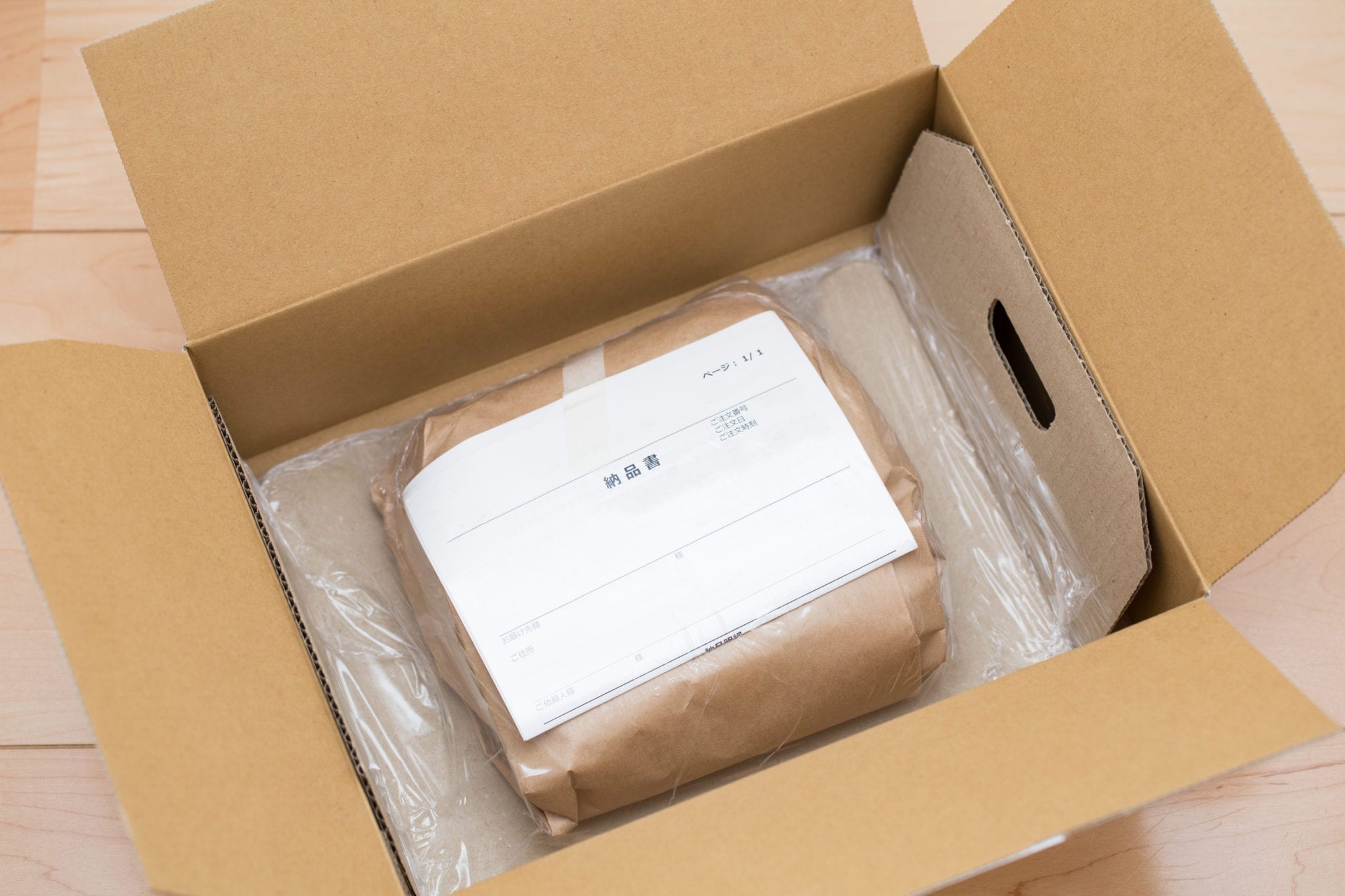Managing Drop-Ship Returns with the EDI 180
The reverse logistics process has typically been an afterthought in the retail supply chain, until now. In the past 18 months, the number of drop-ship orders has skyrocketed. As more than 25 percent of drop-ship orders are returned, establishing an efficient returns management process is now a high priority for retailers and suppliers. Most are choosing to automate the return processes using the EDI 180 Return Merchandise Authorization.
The EDI 180 allows drop-ship trading partners to:
- Provide visibility to returns
- Identify the consumer, order, UPC and quantity associated with the returned goods
- Prompt a refund to the consumer from the retailer
- Point out if the item was damaged or defective
- Return undamaged items to inventory
- Indicate the location of the returned item(s) (e.g., supplier, 3PL, store, etc.)
The first step in understanding how and where to improve the return process is deciding who is in charge of what part of the return process.
Undeliverable returns are easy to manage
With drop shipping, the vendor manages returns that are undeliverable. The goods were returned to the supplier because the address was wrong, the shipment was refused, or it’s a P.O. box that can’t accept the delivery.
Once the vendor receives the return, they can send an EDI 180 to the retailer. This transaction notifies the retailer of the return and shares the reason for the return, inaccurate shipping information. The retailer’s customer service team then contacts the consumer for corrected delivery instructions or to issue customer credit. If a new address is provided, the retailer sends the alternative address to the vendor and the vendor ships the order again.
Other drop-ship returns are more complex
Consumers return goods for a number of reasons. The goods could be defective, arrived too late, sized wrong, or they simply no longer wanted it. No matter the reason, the retailer needs to be informed when a drop-ship return arrives at the supplier’s door (or their 3PLs). Why? They will need to refund the consumer. Then, the retailer and supplier can deal with processing the return. Keeping the consumer happy is paramount.
Trading partners use the EDI 180 to communicate the ‘why’ behind a return. This is important. For example, if the transaction contains many similar items marked as defective, the supplier should be concerned. They will need to do some sleuthing to see if this is a bigger issue. Was the dye applied wrong, was a seal loose causing the item to dry out, was the label misapplied to the wrong sized items? The list can go on and on. If this is the case, the supplier’s quality teams need to ensure the situation is resolved at the factory and, maybe, issue a recall.
The EDI 180 may also communicate that the item isn’t damaged, just not wanted. In this case, the goods can be placed back into the supplier’s inventory for the next drop-ship order if it is still in good condition.
Using the EDI 180 for drop-ship and traditional orders
In a traditional environment and/or when a retailer is managing returns, returns can be received at:
- The store
- A returns location within their distribution center (DC)
- A third-party’s return center
Store returns may be placed back on the shelf or in a liquidation section of the store, based on the condition of the product. The retailer may also accumulate returns in its DC or ship them to a return center, eventually sending them back to the supplier. In this case the retailer would issue an EDI 180 to the supplier notifying them of the incoming shipment of accumulated returned goods.
If the consumer sends returns directly to the retailer’s DC or their return center, these goods are accumulated. Then, a request for authorization would be sent to the supplier requesting instructions on how to return or dispose of the product(s). The EDI 180 would be sent by the retailer to the supplier to manage this process.
The role of an EDI 180 in a drop-ship situation is a bit different. As retailers don’t pack or ship a drop-ship order, nor do they directly receive it as a return. The retailer’s visibility is limited without a communication, likely the EDI 180, from the supplier alerting them to the return. Suppliers can use the EDI 180 to alert retailers to a return so a refund can be issued to the consumer. This automated communication protects the consumer experience and quickly resolves the return.
Packing slips and labels are important
In addition to the EDI 180, accurate packing slips and labels can streamline the drop-ship return process. These documents direct the consumer to ship returns to the right location and the barcode label communicates all needed information about the returned item. The packaging slips and labels enforce compliance with the mutually agreed upon returns process.
Considering adding the EDI 180 and/or updating your packing slips and barcode labels to ease reverse logistics? Contact our supply chain experts at SPS Commerce to learn how easy it can be.
- EDI compliance brings value for buying organizations - August 15, 2023
- What is Advanced Shipping Notice (ASN) in Shipping? - March 28, 2023
- Test new products online before stocking at retail stores - February 2, 2023


RELATED POSTS
Automated Data Speeds Up 3PL Warehous...
Accurate Data Key to 3PL Order Accuracy
Three common challenges 3PLs face and...